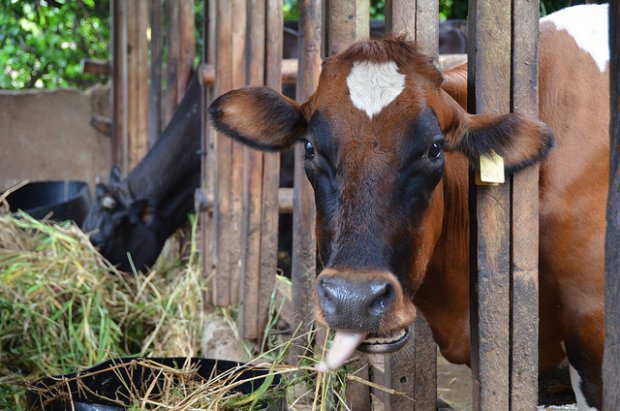
Improved greenhouse gas inventories and approaches for livestock are necessary to meet international climate tarkets, say researchers.
To reduce greenhouse gas emissions from the livestock sector and demonstrate that they are delivering on the ambitious goals of the Paris Agreement on climate change, countries will benefit from using advanced greenhouse gas inventory and accounting methods to monitor, verify and report on emissions. But these approaches are not currently in wide use, according to a new study by scientists from the Livestock Research Group of the Global Research Alliance on Agricultural Greenhouse Gases (GRA) and the CGIAR Research Program on Climate Change, Agriculture and Food Security (CCAFS).
The authors argue that more accurate and robust information on greenhouse gas emissions and productivity from livestock will be essential if the sector is to contribute effectively to climate and development outcomes. They recommend this information be collected through an advanced inventory system.
“Seventy countries included mitigation in the livestock sector in plans submitted to the United Nations Climate Change conference in 2015,” said Lini Wollenberg, leader of the CCAFS Low Emissions Development research program based at the University of Vermont’s Gund Institute for Ecological Economics. “These countries need advanced greenhouse gas inventories to report on changes in emissions and the reductions in emissions intensity that result from more productive and efficient livestock systems,” she explained.








